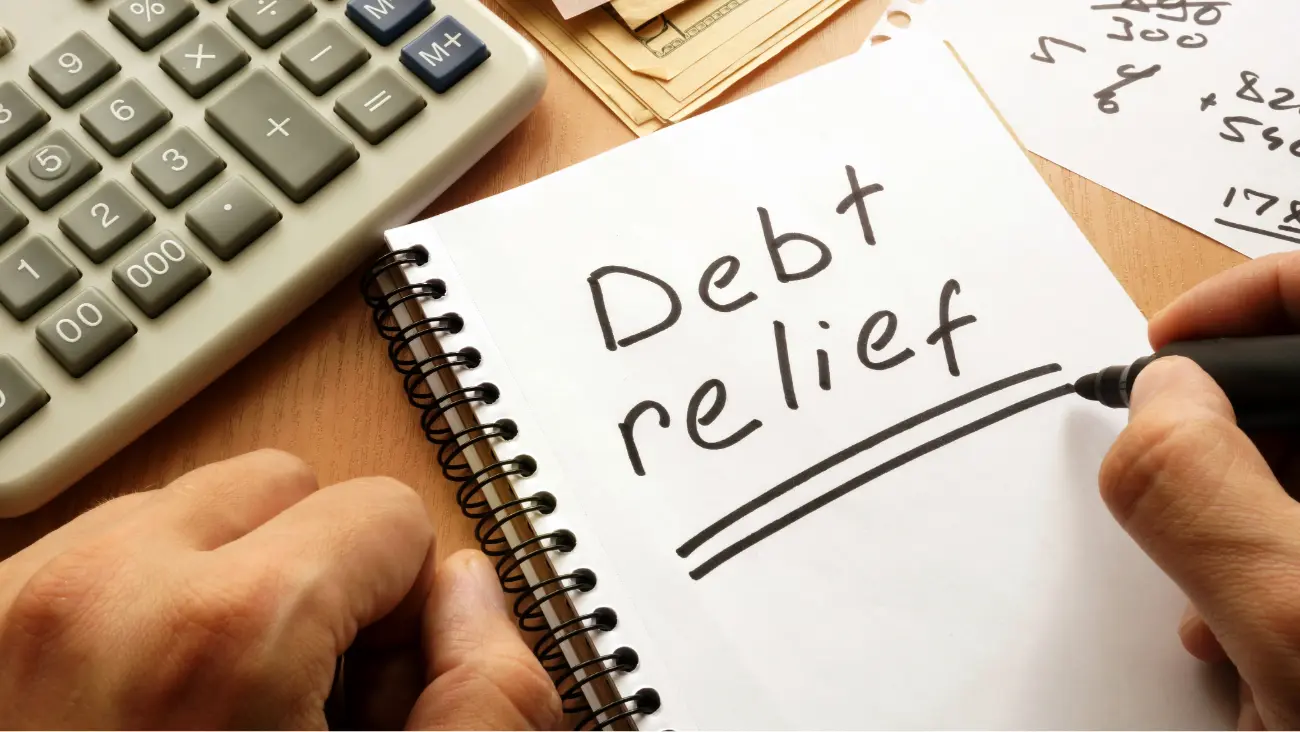Do you know what your billing cycle is? Most people don’t, and that’s okay!
It’s a term that comes up very often, and it’s equally important to know just in case there are any problems with your credit card being charged unnecessarily. Your billing cycle is the time between when your credit card account was charged first and when it will be charged next.
Most providers follow a monthly billing cycle, but some may bill every other month or even twice a month. Some vendors also go for weekly and even daily billing, but not every vendor does this.
Read on to learn how you can find out when your billing cycle starts and ends.
How Do You Know Your Billing Cycle?
Managing expenses is always going to be important.
So, it’s important to know your billing cycle and how it works so that you can budget for your other expenses and everyday spending. Most credit card billings have a monthly billing cycle, but some companies may bill every two months or every quarter.
There are three main ways to check your billing cycle. The first is by logging into your account online. This should give you a statement of your last bill and the date of your next bill.
Another way is to call the customer service number and ask them. A lot of vendors have support available online and at their call centers as well.
Lastly, look at your previous bills. They will have the date of the bill and when it was due on them. By using one or more of these methods, you can easily determine your billing cycle.
Is a Billing Cycle Once a Month?
The billing cycle is the time between when a customer is billed and when payment is due. For most companies, the billing cycle is once a month.
This means that customers have a specific number of days to pay their bills. If payment is not received by the due date, the customer may be charged a late fee.
The length of the billing cycle can vary depending on the type of service being billed. For example, utility companies often have shorter billing cycles, while subscription services may have longer billing cycles, and even offer annual payment options.
Some companies also offer discounts for customers who pay their bills on time.
What is the Difference Between One and Two Billing Cycles?
When you first start using credit cards, you may not be familiar with the billing cycle. Your credit card issuer can provide you with a credit card statement at the end of each billing cycle. This statement shows the activity that has taken place on your account during that time period.
Depending on the vendor, the billing cycle may be either monthly or quarterly. If you have a monthly billing cycle, your statement comes once per month. If you have a quarterly billing cycle, your statement comes every three months.
One key difference between one and two billing cycles is the length of time covered by each credit card statement. For example, with a monthly billing cycle, you receive a statement at the end of each month that covers activity from that month only.
With a quarterly billing cycle, you receive a statement at the end of each quarter that covers activity from that entire quarter.
Another difference is the due date for payments. With a monthly billing cycle, your payment is due at the end of each month. With a quarterly billing cycle, your payment is due at the end of each quarter.
This means that if you have a quarterly billing cycle, you have a more extended grace period before your payment is due.
Can Your Billing Cycle Change?
Yes, your billing cycle can change. In most cases, your billing cycle can be changed automatically based on your usage. For example, if you have a high electricity usage month, your billing cycle may be shortened to 21 days instead of the standard 28 days. This is done to avoid a high monthly bill.
However, you can also request a change to your billing cycle. For example, if you are going on vacation and are not using much electricity, you may want to request a longer billing cycle.
This can lower your monthly bill by spreading out your usage over a longer period of time. To request a change to your billing cycle, simply contact your electricity provider. This is a smart move to make. We will discuss more on this in the next section.
How Can Billing Cycle Impact Your Credit Scores?
Your credit scores are one of the most important financial information you have. One factor that can impact your credit score is your billing cycle.
For example, if you make a purchase on the first day of your billing period and the payment due date is on the last day of the month, you have a 30-day grace period.
So, you have 30 days to pay your bill without incurring any late fees or penalties. But if you don’t pay your bill in full within that grace period, you can see on your credit report that your scores took a hit.
On the other hand, if you wait until the last day of your billing cycle to make a purchase, you won’t have a grace period. This is because your billing cycle is ending. That means you’ll need to pay your bill in full within the next 30 days, or you’ll be paying interest along with late fees that can negatively affect your credit.
So, if you’re trying to positively impact your credit scores, it’s best to make purchases early in your billing cycle and pay them off before the due date. This can give you the longest possible grace period and help you avoid any late fees or penalties.
Bottom Line on Billing Cycles
The billing cycle is important to understand when your next payment is due. Understanding when your billing cycle starts allows you to plan for and budget for your expenses.
Most service providers and vendors have a monthly billing statement, but some have a different billing cycle. Ask them about their specific billing cycle, so you are not caught off guard.
And make sure you’re monitoring your credit to help you achieve your credit goals. Using a service such as MyScoreIQ allows you to stay on top of your credit and see how your payments during a billing cycle are affecting your credit scores.











